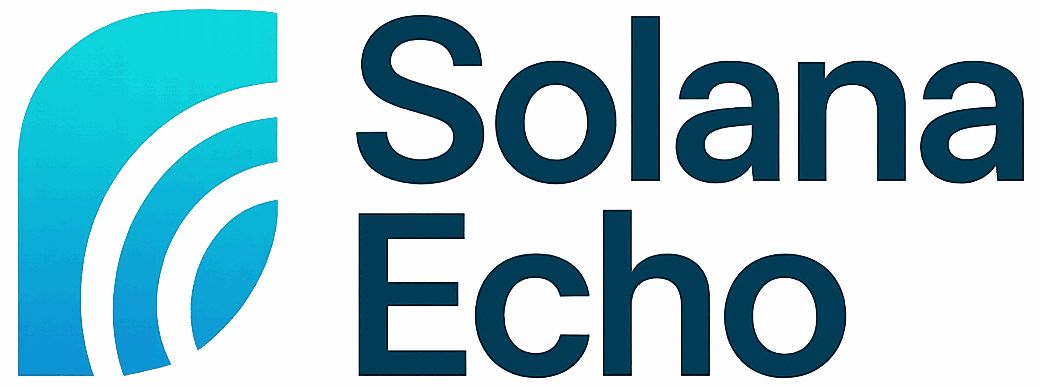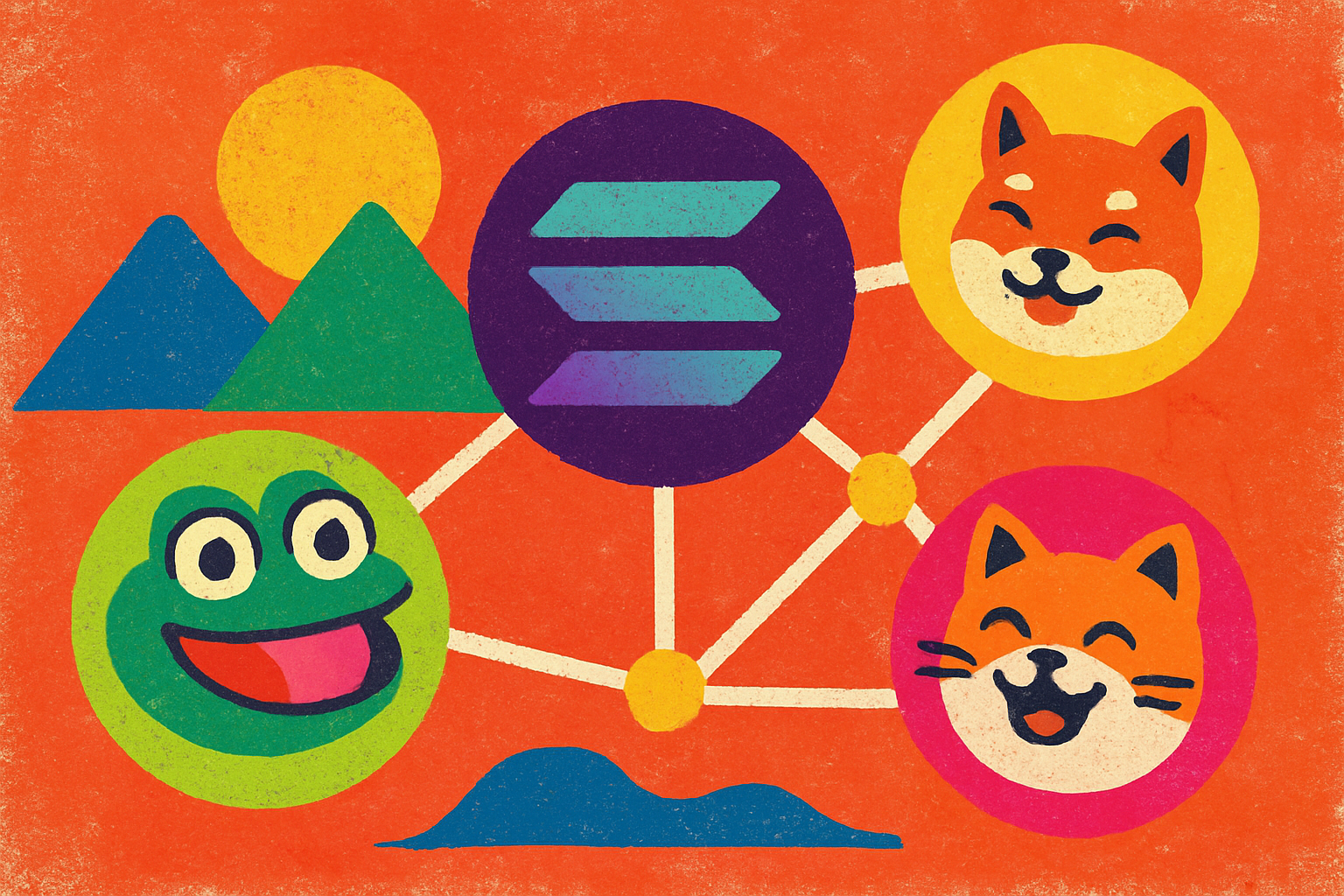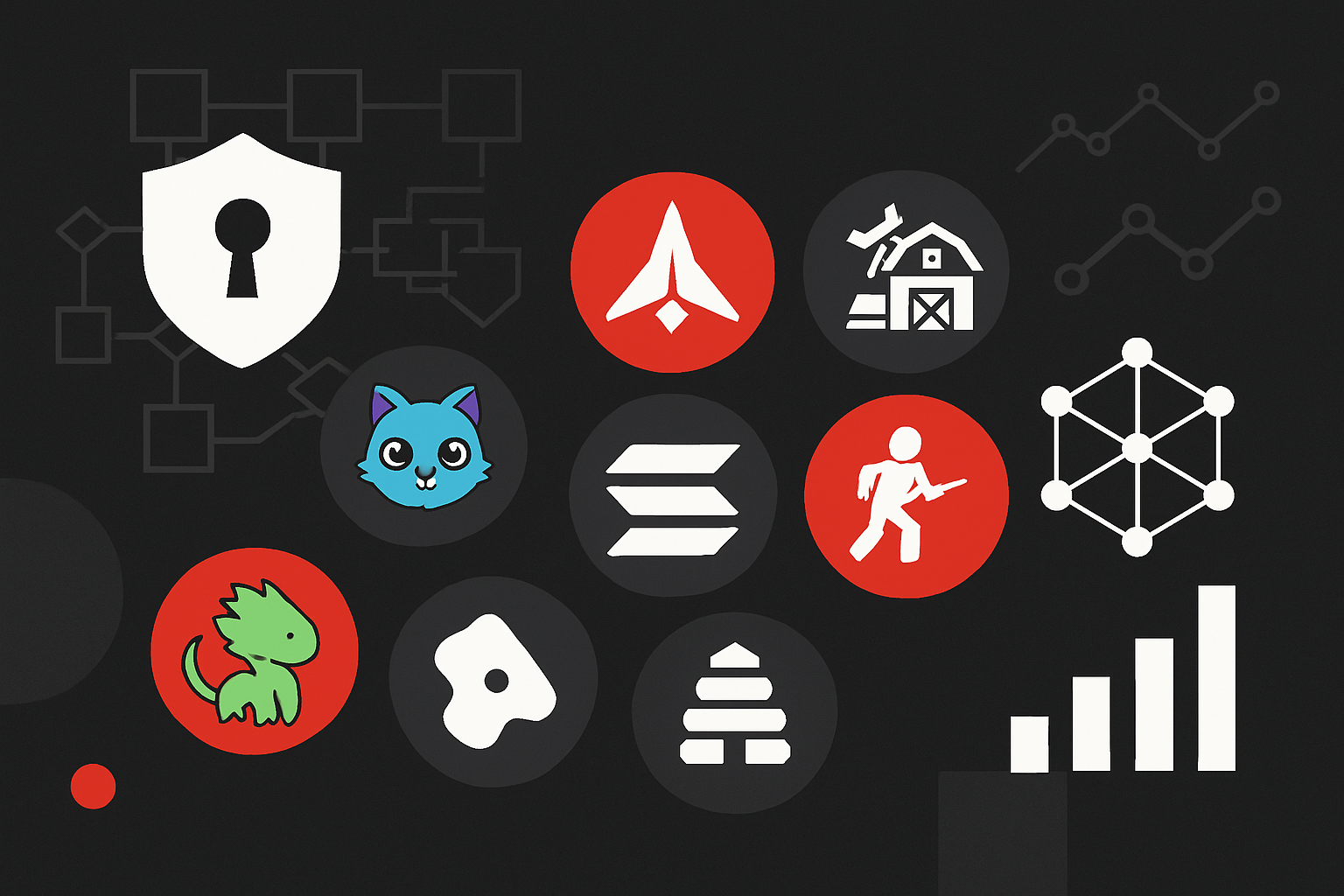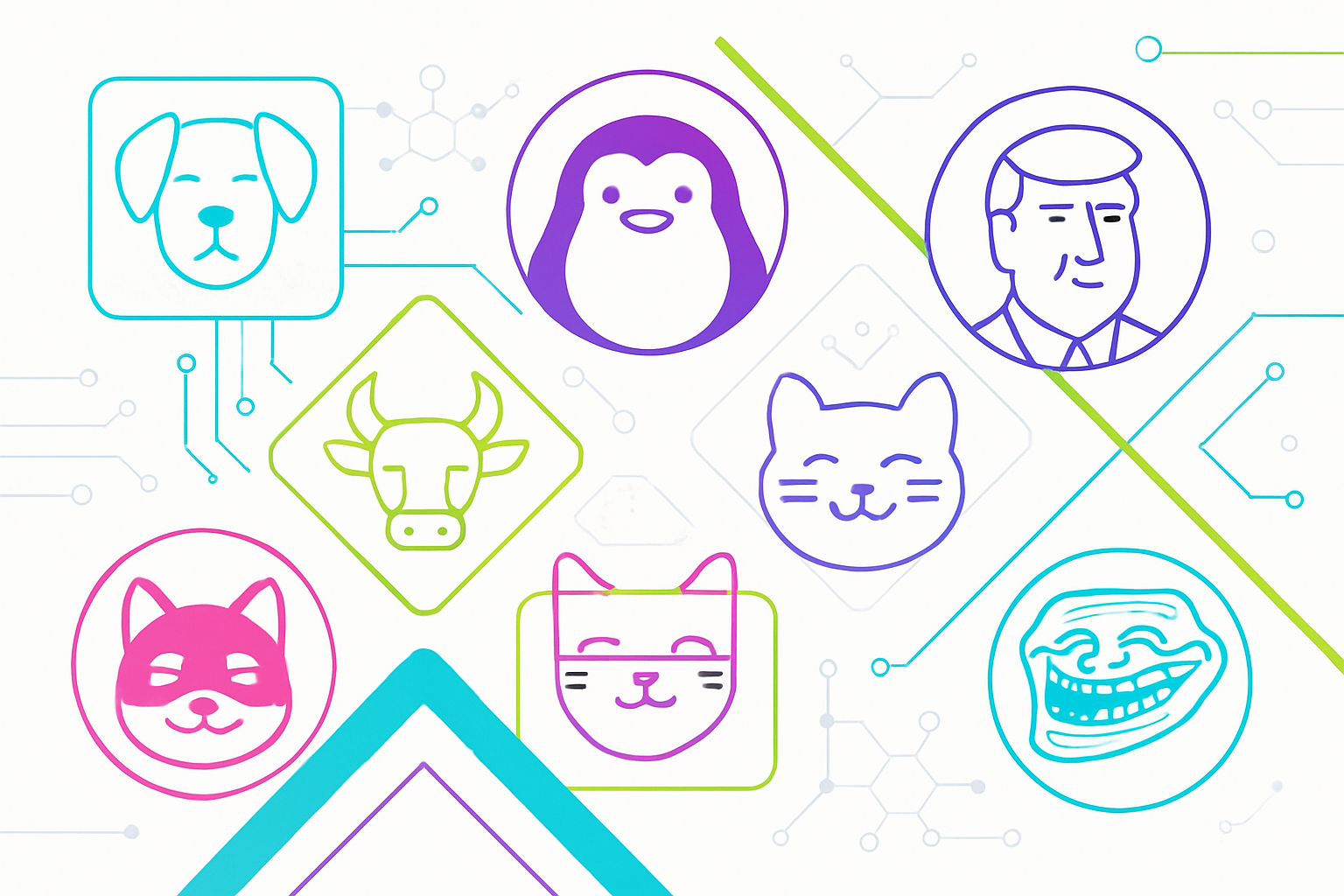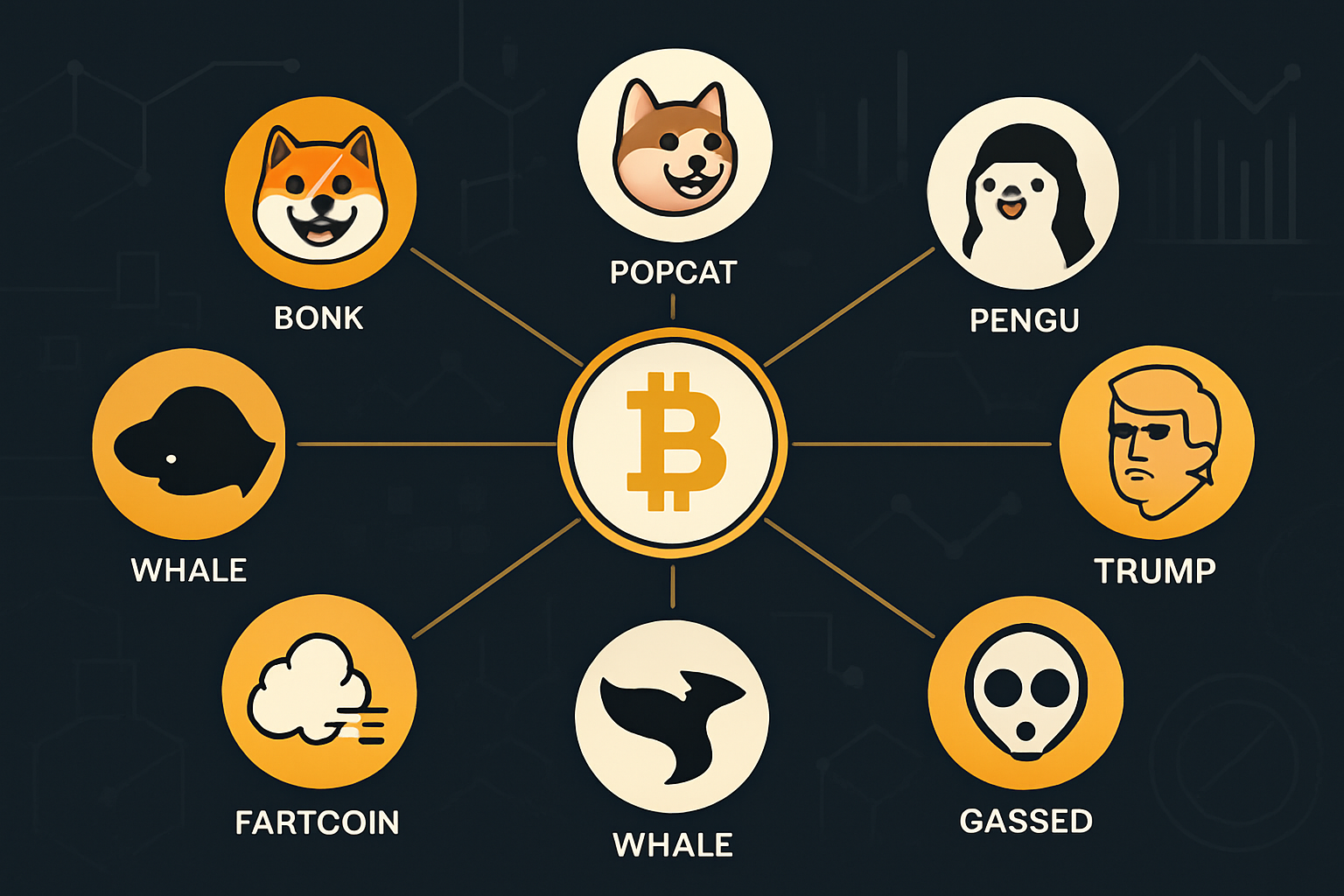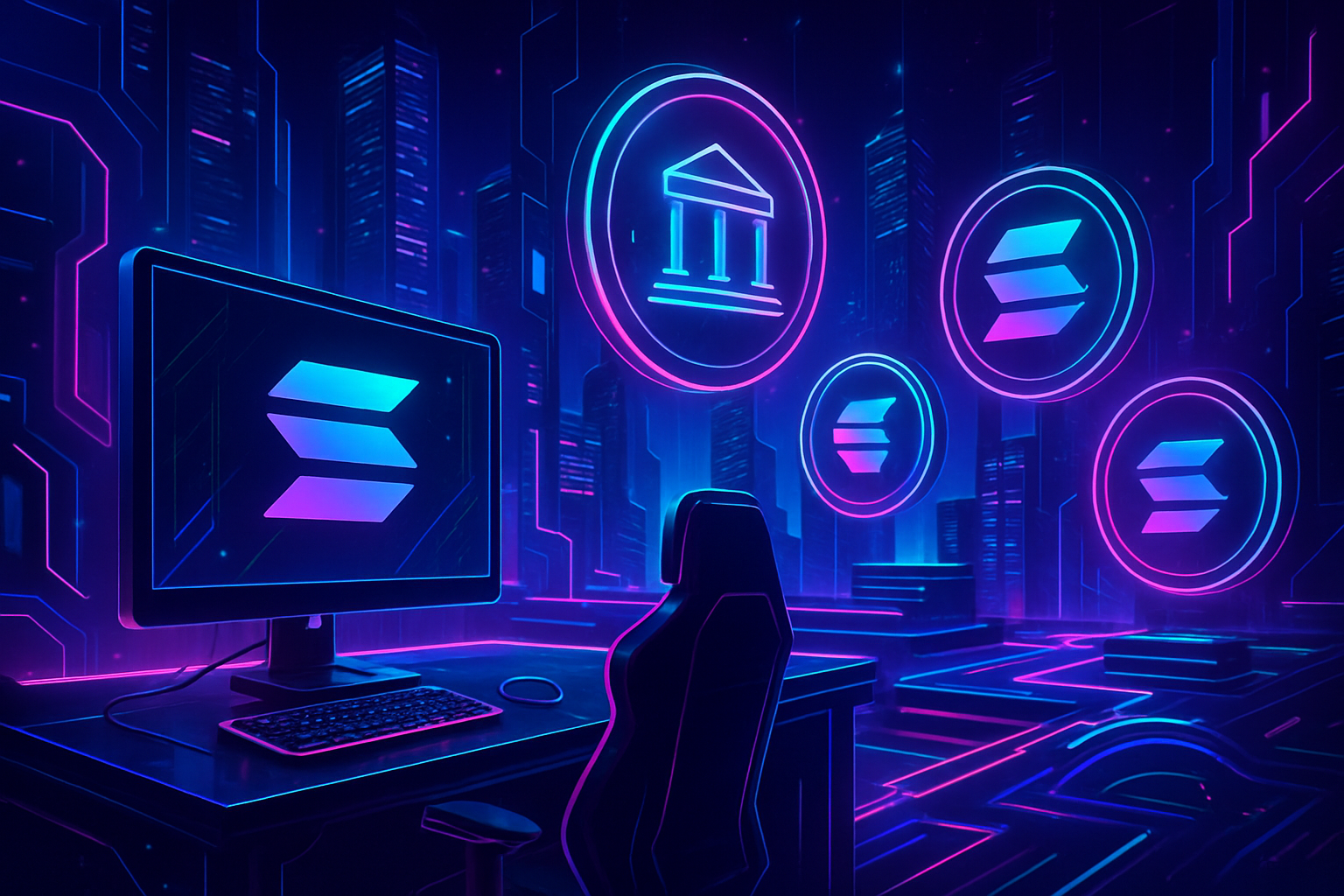
Solana’s reputation as the blockchain of choice for institutional asset tokenization has been cemented by a series of high-profile partnerships in 2025. The most recent and arguably most significant: CMB International Asset Management’s collaboration with DigiFT and OnChain to bring the Hong Kong, Singapore Mutual Recognition Fund on-chain. This move comes at a time when Solana (SOL) is trading at $201.78, having surged 13% in the past 24 hours, underscoring how real-world adoption is fueling both narrative and price momentum.
Solana Tokenized Funds: A New Era for Capital Markets in Asia
The tokenization of CMB International’s mutual fund marks a watershed moment for blockchain asset management in Asia. For years, financial institutions have eyed distributed ledger technology as a way to improve efficiency, transparency, and accessibility across capital markets. But until recently, regulatory uncertainty and technical limitations kept most initiatives at the pilot stage.
This changed dramatically with the August 2025 launch of CMBMINT: a fully tokenized version of CMBI’s Hong Kong-Singapore Mutual Recognition Fund deployed on Solana. Not only does this fund enjoy dual recognition by regulators in two major Asian financial hubs, but it also leverages Solana’s high-speed, low-cost infrastructure to deliver real-time settlement and fractional ownership to investors.
The implications are profound. For traditional investors, tokenization offers seamless cross-border access to regulated products that previously required significant paperwork and intermediaries. For the digital native crowd, it means blue-chip funds are now as accessible as any other on-chain asset, swappable, composable, and available around the clock.
Why CMB International Chose Solana for Tokenization
The choice of Solana was not accidental. Over the past year, major institutions like BlackRock and Franklin Templeton have expanded their own tokenized fund offerings onto Solana, citing its unmatched scalability and transaction efficiency (source, source). For CMBI and its partners DigiFT and OnChain, these factors were decisive:
- Speed: Solana routinely processes tens of thousands of transactions per second with sub-second finality, critical for asset managers looking to offer instant settlement.
- Cost: Transaction fees remain negligible compared to legacy blockchains or traditional clearing systems.
- Ecosystem: A robust network of wallets, DeFi protocols, KYC providers, and compliance tools makes onboarding both retail and institutional users frictionless.
This infrastructure enables not just token issuance but also secondary market trading, composability with other DeFi applications, and programmable compliance, features that are rapidly becoming table stakes for next-generation financial products.
CMBMINT: Bridging TradFi Funds with Digital Rails
CMBMINT is more than just another blockchain experiment; it is a live product recognized by both Hong Kong’s Securities and Futures Commission (SFC) and Singapore’s Monetary Authority (MAS). This dual recognition sets a new standard for regulatory-compliant tokenized funds in Asia-Pacific, and possibly globally.
The partnership structure is equally notable. DigiFT acts as a regulated exchange specializing in real-world assets (RWAs), while OnChain provides technical expertise for secure smart contract deployment. Together with CMBI’s traditional fund management pedigree, this trio forms a bridge between established capital markets infrastructure and emerging digital rails.
Solana (SOL) Price Prediction 2026–2031
Professional outlook post-tokenization wave, incorporating recent institutional adoption and technological advancements.
| Year | Minimum Price | Average Price | Maximum Price | Annual % Change (Avg) | Market Scenario Insights |
|---|---|---|---|---|---|
| 2026 | $170.00 | $230.00 | $320.00 | +14% | Continued RWA tokenization and increased institutional adoption drive steady growth. Regulatory clarity in major Asian markets supports expansion. |
| 2027 | $210.00 | $295.00 | $410.00 | +28% | Solana cements its position as a leading RWA blockchain. More asset managers launch tokenized funds. Potential volatility due to global regulatory discussions. |
| 2028 | $250.00 | $355.00 | $500.00 | +20% | Mainstream acceptance of tokenized securities. Upgrades in Solana’s scalability and cross-chain interoperability fuel further adoption. |
| 2029 | $280.00 | $400.00 | $590.00 | +13% | Market matures; traditional finance and crypto markets increasingly converge. Competition from other L1s (e.g., Ethereum, Avalanche) intensifies. |
| 2030 | $310.00 | $445.00 | $670.00 | +11% | Steady growth as tokenized asset ecosystem expands globally. Regulatory harmonization in US, EU, and Asia boosts institutional participation. |
| 2031 | $350.00 | $495.00 | $760.00 | +11% | Solana remains a top choice for tokenized assets. Market cycles stabilize, but innovation and new use cases (DeFi, NFTs, RWA) continue to drive growth. |
Price Prediction Summary
Solana is well-positioned to benefit from the global wave of real-world asset tokenization, as evidenced by high-profile partnerships with CMB International, BlackRock, and Franklin Templeton. While short-term volatility is expected, the medium- to long-term outlook remains bullish, with average prices projected to more than double by 2031. Upside potential is driven by institutional adoption, regulatory clarity, and ongoing technology improvements, though risks include competition and global market shifts.
Key Factors Affecting Solana Price
- Rapid institutional adoption of Solana for tokenized funds and RWAs
- Regulatory developments in key markets like Asia, US, and EU
- Technological upgrades improving scalability, security, and interoperability
- Potential competition from other L1 blockchains (Ethereum, Avalanche, etc.)
- Market cycles and macroeconomic conditions impacting crypto valuations
- Increased integration with traditional finance and DeFi platforms
Disclaimer: Cryptocurrency price predictions are speculative and based on current market analysis.
Actual prices may vary significantly due to market volatility, regulatory changes, and other factors.
Always do your own research before making investment decisions.
The immediate benefit? Investors can now access shares in top-tier money market funds directly from their digital wallets, without intermediaries or geographic restrictions, and enjoy daily liquidity thanks to Solana’s always-on settlement layer.
For asset managers, the impact is equally transformative. Tokenization on Solana allows for automated compliance checks, transparent reporting, and streamlined investor onboarding. This enables a broader investor base, including both retail and institutional participants across Asia, to participate in regulated products with unprecedented ease. The CMBMINT fund’s architecture also lays the groundwork for future interoperability with other tokenized assets and DeFi protocols within the Solana ecosystem.

Beyond technology, this partnership signals a growing confidence among Asia-Pacific financial institutions in blockchain-based asset management. The move by CMB International comes on the heels of similar deployments from BlackRock and Franklin Templeton, both of whom have recently anchored their digital fund offerings to Solana thanks to its scalability and robust developer ecosystem (source). The cumulative effect is a network effect: as more blue-chip funds tokenize on Solana, liquidity deepens and composability increases, attracting yet more institutional capital.
What Sets the CMB International Solana Partnership Apart?
While tokenized funds are not entirely new, the CMB International Solana partnership stands out for several reasons:
5 Ways CMB International’s Tokenized Fund on Solana Changes Capital Markets
-
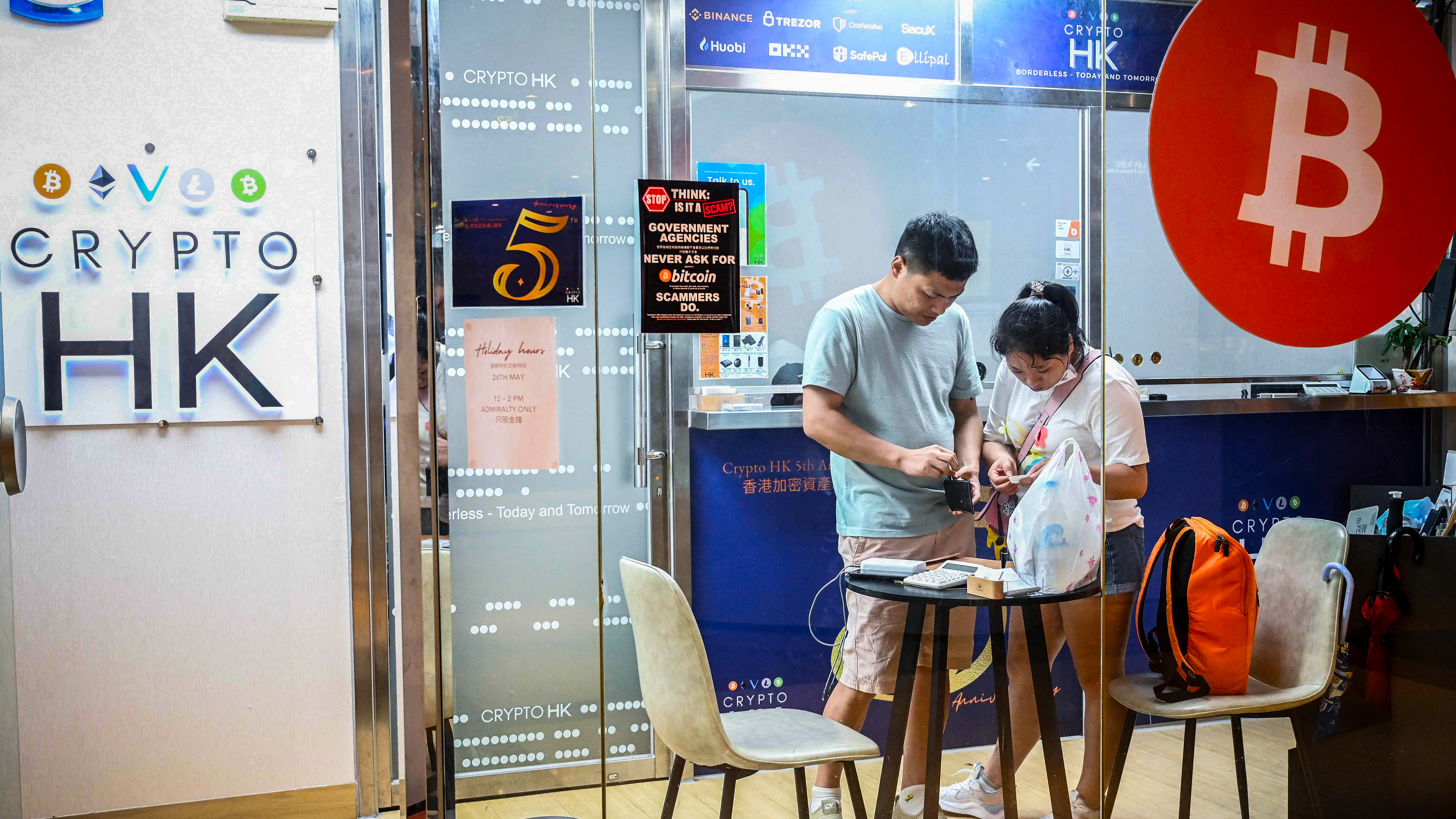
1. Cross-Border Regulatory Recognition: The CMBMINT fund is the world’s first tokenized mutual fund recognized by both Hong Kong and Singapore regulators, setting a precedent for compliant digital asset offerings across major financial hubs.
-
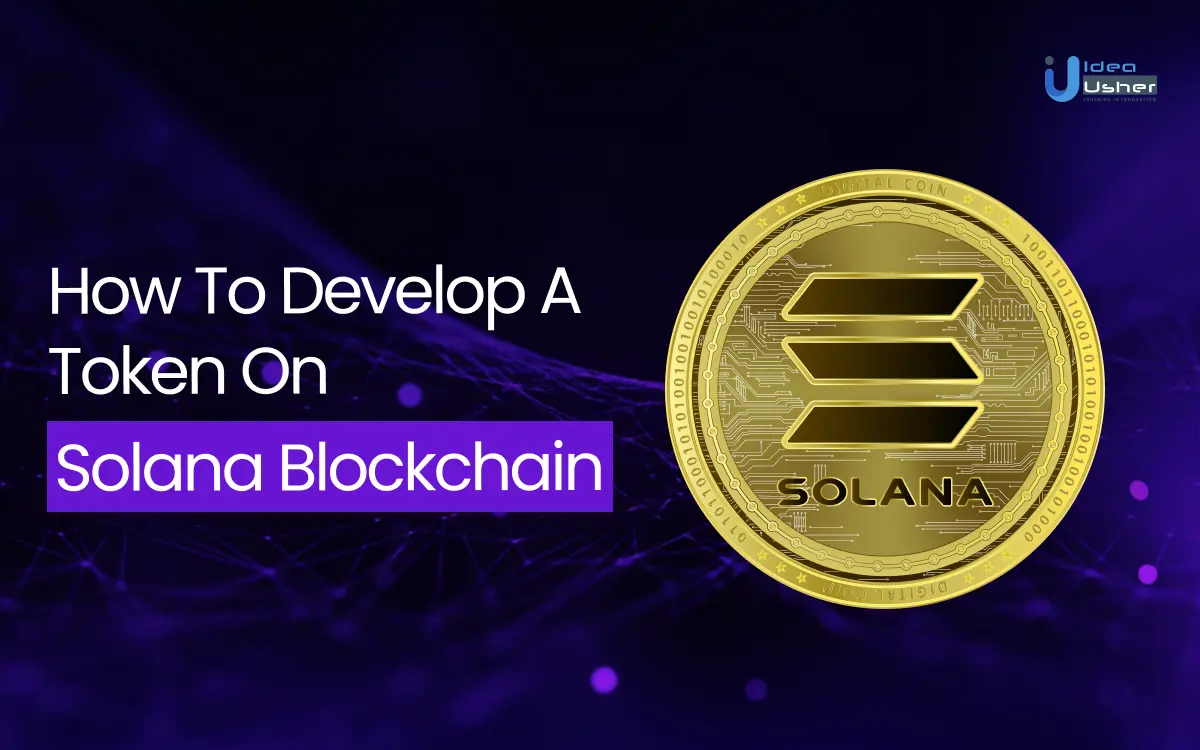
2. Enhanced Accessibility for Investors: By leveraging Solana’s blockchain, the fund enables 24/7 access and fractional ownership, lowering barriers for retail and institutional investors in Asia and beyond.
-
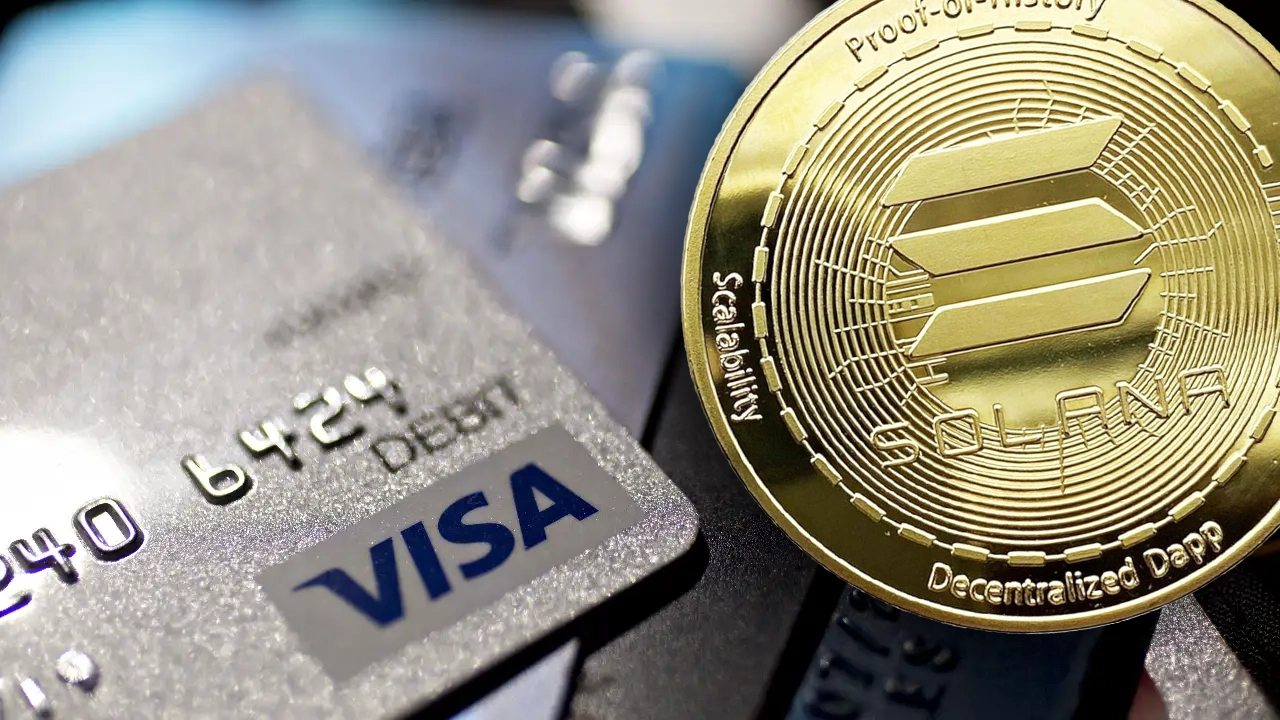
3. Real-Time Settlement and Lower Costs: Solana’s high-speed network facilitates instant, low-cost transactions, reducing settlement times and operational expenses compared to traditional fund infrastructure.
-
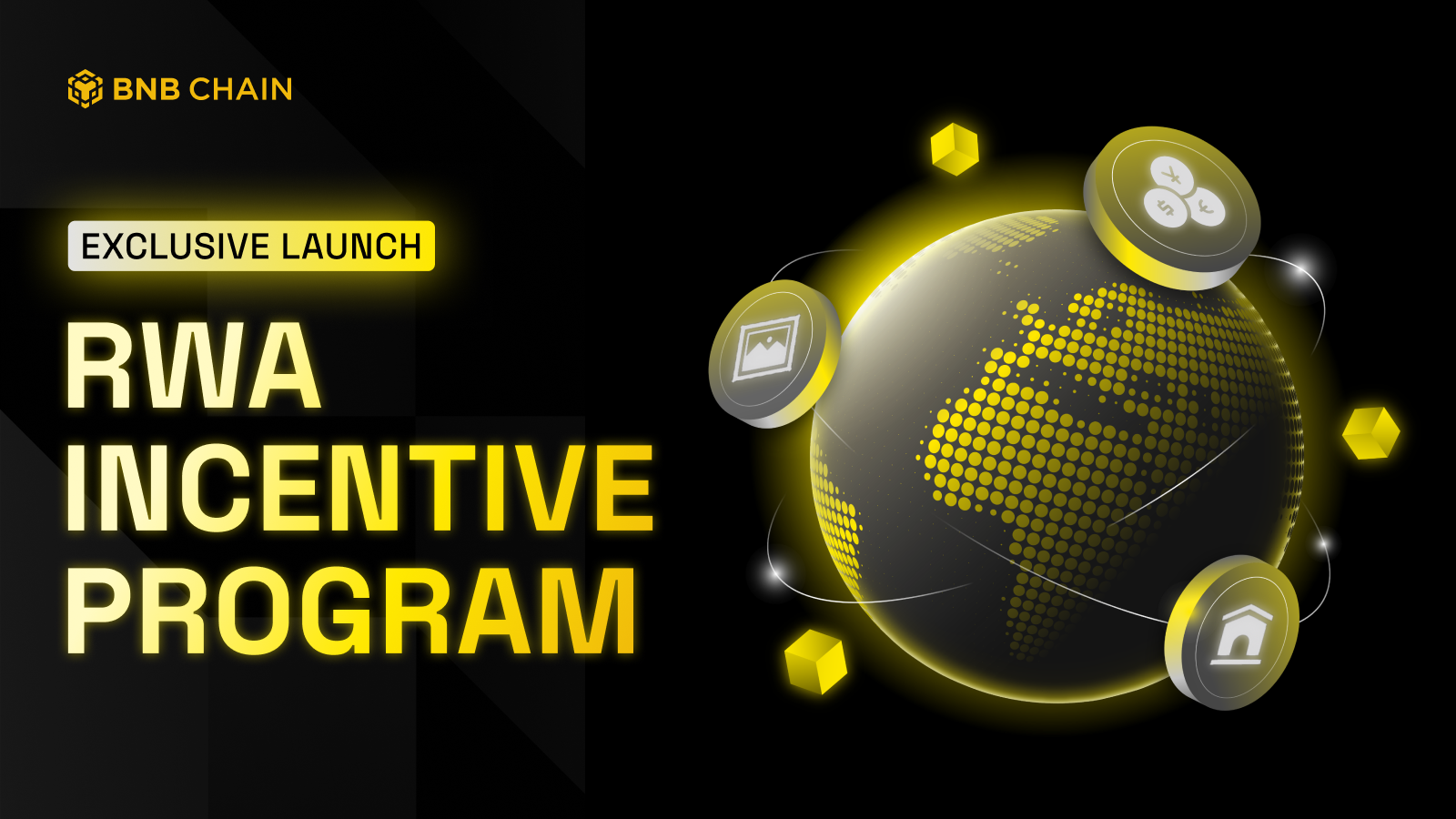
4. Multi-Chain RWA Distribution: The partnership with DigiFT and OnChain allows the CMBMINT fund to be distributed across multiple blockchains, improving liquidity and broadening the reach of real-world asset (RWA) tokenization.
-

5. Institutional Validation of Solana’s Ecosystem: Following moves by BlackRock and Franklin Templeton, CMB International’s adoption of Solana further validates the blockchain’s role in institutional finance, especially as Solana trades at $201.78 (+$24.66, +0.1392% in 24h).
First, regulatory clarity is front and center. By securing approval from both Hong Kong’s SFC and Singapore’s MAS, CMBI has set a precedent for cross-border recognition of digital funds, critical for unlocking pan-Asian capital flows. Second, DigiFT’s regulated exchange status ensures that secondary trading of these tokens remains compliant with evolving market rules.
Third, fractionalization lowers minimum investment thresholds dramatically. Where traditional mutual funds often require significant upfront capital or rely on local distribution networks, tokenized shares can be purchased in small denominations directly via blockchain wallets, opening access to a much wider demographic.
The Road Ahead: Institutional Tokenization Accelerates
The success of CMBMINT will likely serve as a blueprint for other asset managers seeking to modernize their offerings through blockchain. Expect more funds, be they fixed income, equity or alternative strategies, to follow suit as regulatory frameworks mature and infrastructure providers like DigiFT expand their reach.
It is also worth noting that this trend is not limited to Asia. With global players like BlackRock integrating Solana into their digital strategies (source), we are witnessing a fundamental shift in how capital markets operate: from fragmented legacy rails toward unified programmable ledgers where assets can move at internet speed.
The market response speaks volumes. As of August 13th 2025, Solana (SOL) trades at $201.78, up 13% over 24 hours, a rally widely attributed to this wave of tokenization headlines. Price action aside, the long-term value proposition lies in the platform’s ability to support trillions in real-world assets with security and efficiency.
The lesson for investors is clear: real adoption drives real value creation, and patience remains profit’s greatest ally as institutional blockchain finance goes mainstream.
